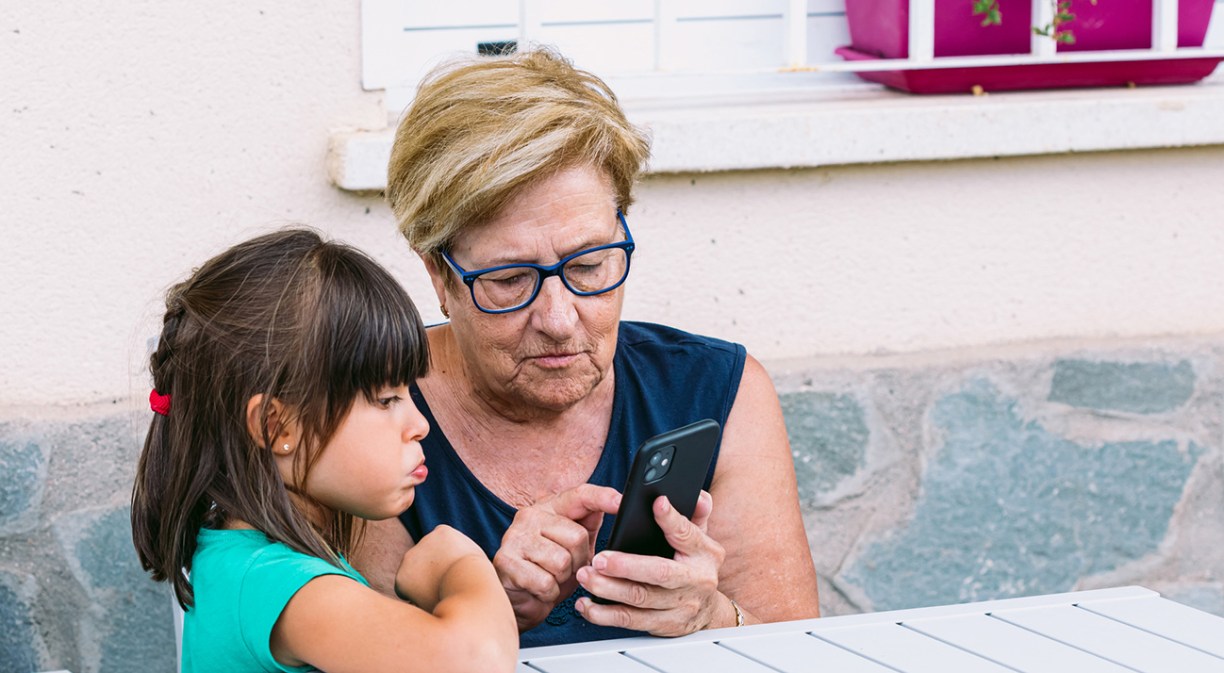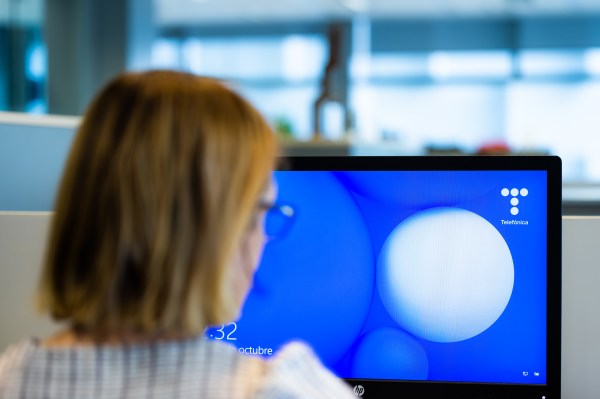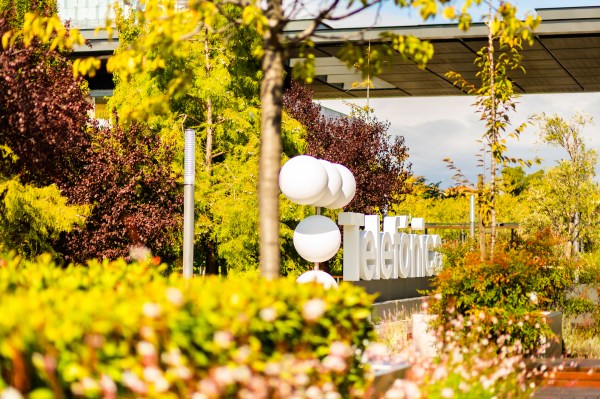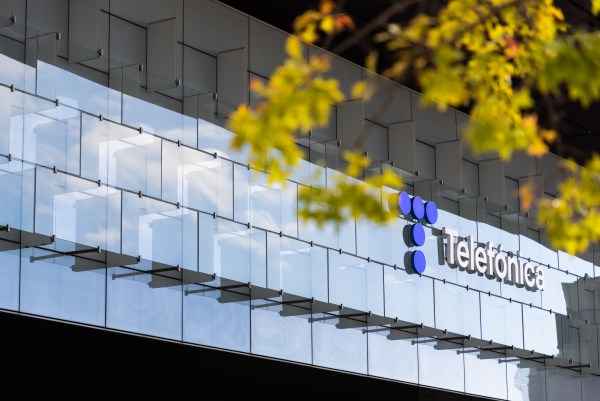The deployment of communications infrastructure is fuelling the development of the new digital society and is becoming one of the main drivers of economic progress. As a result, it represents a positive contribution to both the growth of the economy and industrial fabric as well as the generation of new businesses.
Bringing fibre and digital services to rural areas can increase average annual per capita income by up to 3.9% and reduce unemployment by around 1%
Inclusive access is the first pillar of our digital inclusion strategy. Through the extensive roll-out of connectivity, our aim is to ensure universal access to broadband telecommunications networks in all regions, both urban and rural.
Connectivity targets
We have established targets for mobile broadband and fibre optic coverage throughout the population to continue to roll out the best, and most efficient, connectivity. Our objective is to offer greater connectivity as well as improving the capacity of our existing networks, as the use of new digital services also requires advanced infrastructures to ensure sufficient capacity.
In this respect, we have set ourselves the goal of achieving 90-97% mobile broadband coverage of the rural population in our main markets by 2024, thereby strengthening our commitment to the development of rural areas and local economies. We are already hitting the 2024 target, ahead of schedule, in markets such as Spain (94%), Germany (99%) and the UK (99%).
Strategy
Our strategic focus areas which centre on expanding and improving connectivity in rural areas are as follows:
- Focusing on more efficient and environmentally sustainable technologies such as 4G, 5G and fibre alongside switching off old networks.
Telecommunications networks have to become increasingly efficient and low-carbon to minimise the impact of the digital expansion currently under way. At Telefónica, we have managed to reduce power consumption by 7.2% in seven years, even though data traffic through our networks has increased 7.4 times over. To this end, we have concentrated on improving energy efficiency and modernising networks, as fibre is 85% more efficient than copper, while 5G is up to 90% more efficient than 4G in terms of energy consumption per unit of traffic.
- Forming partnerships with other companies and combining our different expertise with innovative business models.
Telefónica launched its partnership approach in Peru in 2018, with the Internet For All (IpT) initiative promoted in conjunction with Facebook (now Meta), BID Invest and the Development Bank of Latin America (CAF) for the purpose of “connecting the disconnected”.
In recent years, we have entered into various collaboration agreements in many other countries with the same goal. In Brazil, for example, the focus is on creating a wholesale operator for FTTH roll-out in urban areas; in Germany, the agreement with Allianz seeks to deploy fibre in rural areas; and in Spain we created a company, Bluevía, with the consortium formed by Vauban Venture and Credit Agricole Assurances for these areas as well (as of May 2022, Bluevía offered fibre coverage in more than 3,500 municipalities). Similarly, Telefónica, Liberty Global and Infravía are to expand the fibre network in the United Kingdom. In addition, Virgin Media O2 is one of four United Kingdom operators participating in the government’s Shared Rural Network project, which aims to extend 4G coverage to 95% of the United Kingdom by 2025.
- Seizing opportunities in sustainable finance.
A significant part of our sustainable bond funds, €2.75 billion until 2022, are focused on bringing connectivity to unconnected areas or improving internet access in rural areas, to help bridge the digital divide.
It is worth highlighting that sustainable financing (for projects with a positive environmental and social impact) made up more than 27% of Telefónica’s total financing in 2022 and, in line with our new target, will account for between 30% and 35% in 2024.
- Expanding connectivity in remote regions through a satellite service.
Telefónica is developing partnerships and agreements with multiple companies in the space market which are engaged in developing and operating new satellite systems, in order to strengthen its future service offering in remote areas in Europe, Brazil and Latin America. Our intention is to complement our terrestrial networks and bring connectivity to areas that are currently without coverage or which suffer from temporary losses of service.
In short, we have lines of work in place that allow us to connect people and businesses to help meet the major challenges set out as part of the United Nations Sustainable Development Goals.












